The yoga pose for Day 2 is Standing Forward Bend, which is called Uthanasana in Sanskrit. Yoga poses are basically categorized into standing poses, seated poses and lying poses. All the three categories consist of forward bends, backward bends and side bends. Let us have a look at the benefits of Standing Forward Bend today.
What is Standing Forward Bend?
‘Uth’ in Sanskrit meanis ‘powerful’, ‘thaan’ means ‘stretching’ – that is, powerful stretching.
The very name highlights the important effect the pose has on the body. Practicing Standing Forward Bend, strengthens the entire back of the body. Starting from the feet, it works its way up to the center of the head down to eyebrow center. Hence, Standing Forward Bend is considered a powerful pose. In this post, we will cover Standing Forward Bend yoga pose benefits and step-by-step guide on how to do Standing Forward Bend.
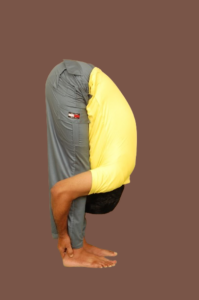
Other Benefits of Standing Forward Bend Pose
- Standing Forward Bend stretches the whole body
- It boosts blood flow to brain
- The pose energizes the shoulders
- It is one of the most effective yoga poses for neck pain
- It is also an effective yoga pose for sciatica
Directions: How to Do Standing Forward Bend
- Stand straight.
- Inhale slowly as you lift your hands over your head.
- Exhale as you bend forward and place your palms on the floor by the sides of your feet.
- Place your forehead on your knees or further down the leg.
- Hold the pose for 20 seconds.
Note
Those with high blood pressure and severe eye conditions should refrain from practicing Standing Forward Bend.
Those who are unable to reach for the floor can place their hands on lower legs. This pose is called Urdhva Uthanasana in Sanskrit.
In case of difficulty in holding the legs, you can keep your arms stretched out in front of you with your back in a straight line.
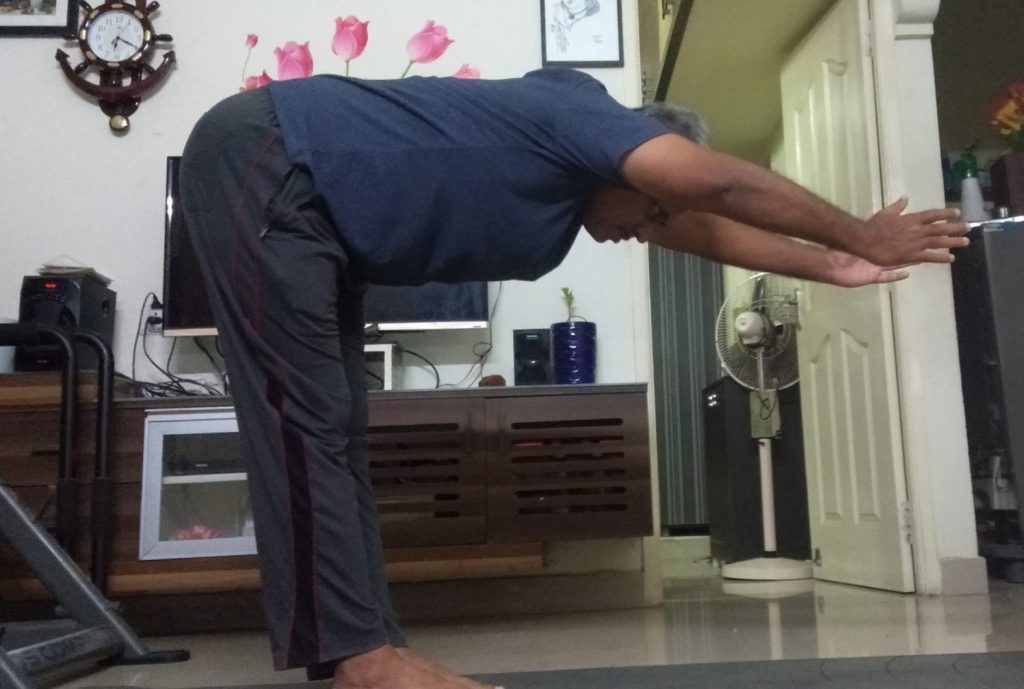
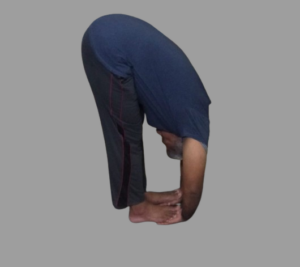
Yoga Pose for Day 4 – Hand Under Foot Pose (Padahastasana)
The term ‘pada’ in Sanskrit means ‘leg’, ‘asta’ means ‘hand’. Padahastasana means binding of hands and legs. Apart from the general benefits associated with forward bending, Hand Under Foot Pose has
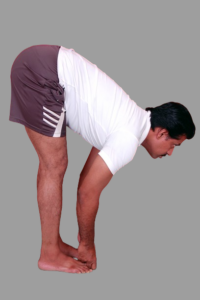
Yoga Pose for Day 3 - Big Toe Pose: Benefits, Steps and Precautions for Beginners
One of the most effective yoga poses for sciatica, Big Toe Pose is highly recommended for strengthening liver and spleen.
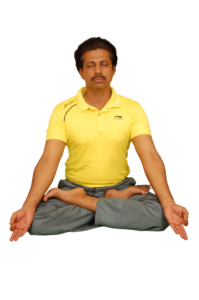
Yoga Pose for Day 1 - Lotus Pose: Benefits, Steps and Precautions for Beginners
Discover the benefits of Lotus Pose (Padmasana), how to do it step-by-step, and who should avoid it. A practical guide for yoga beginners and beyond.
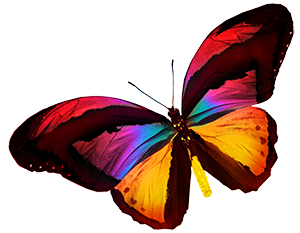

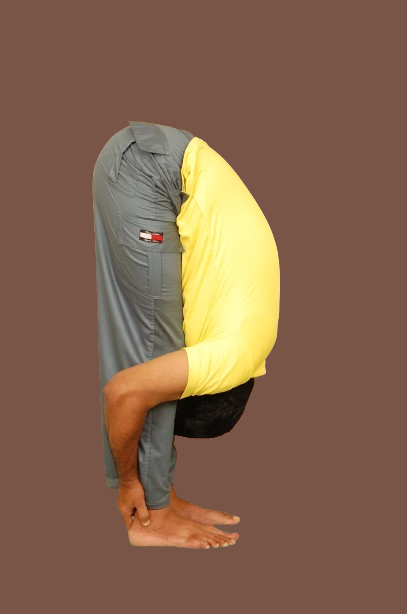

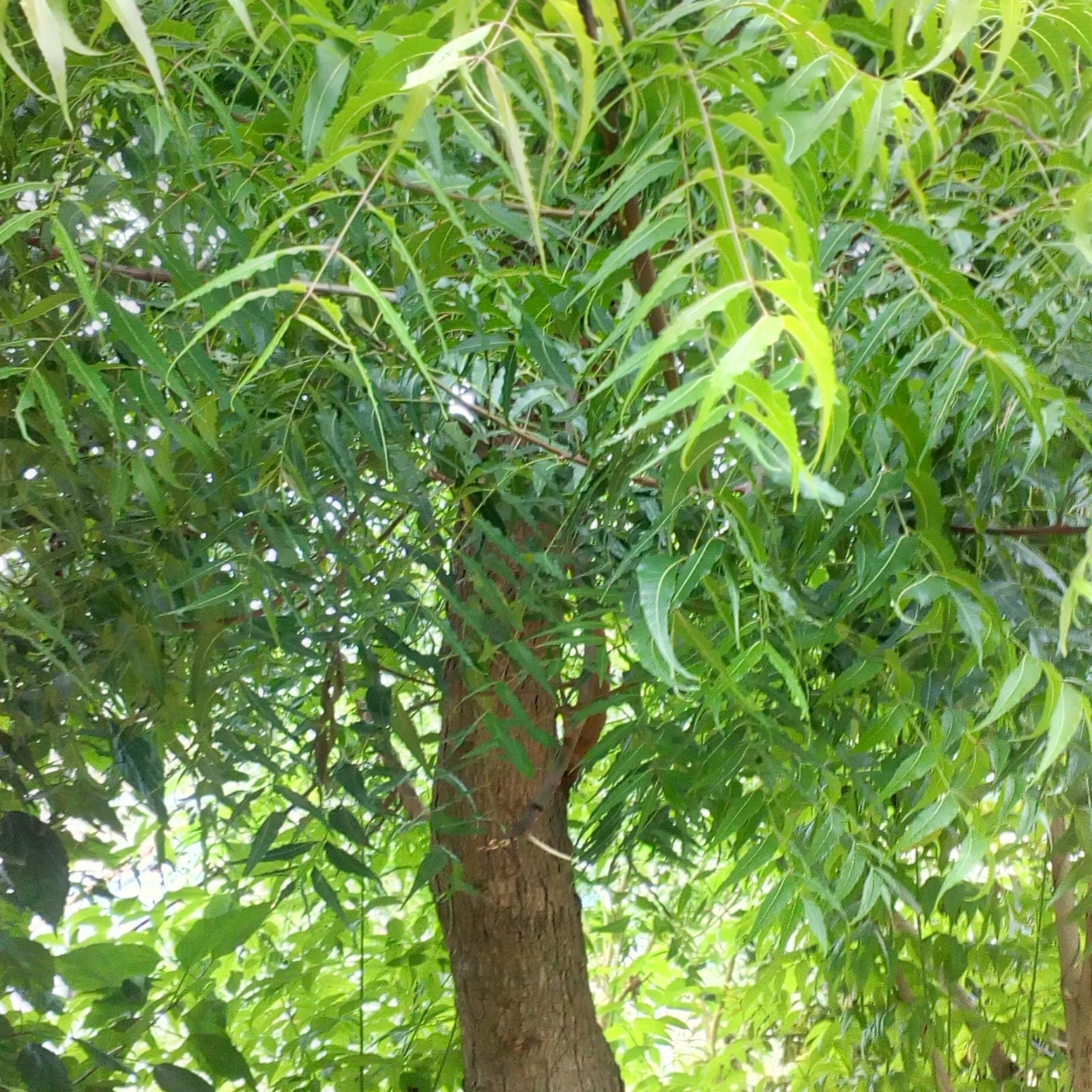
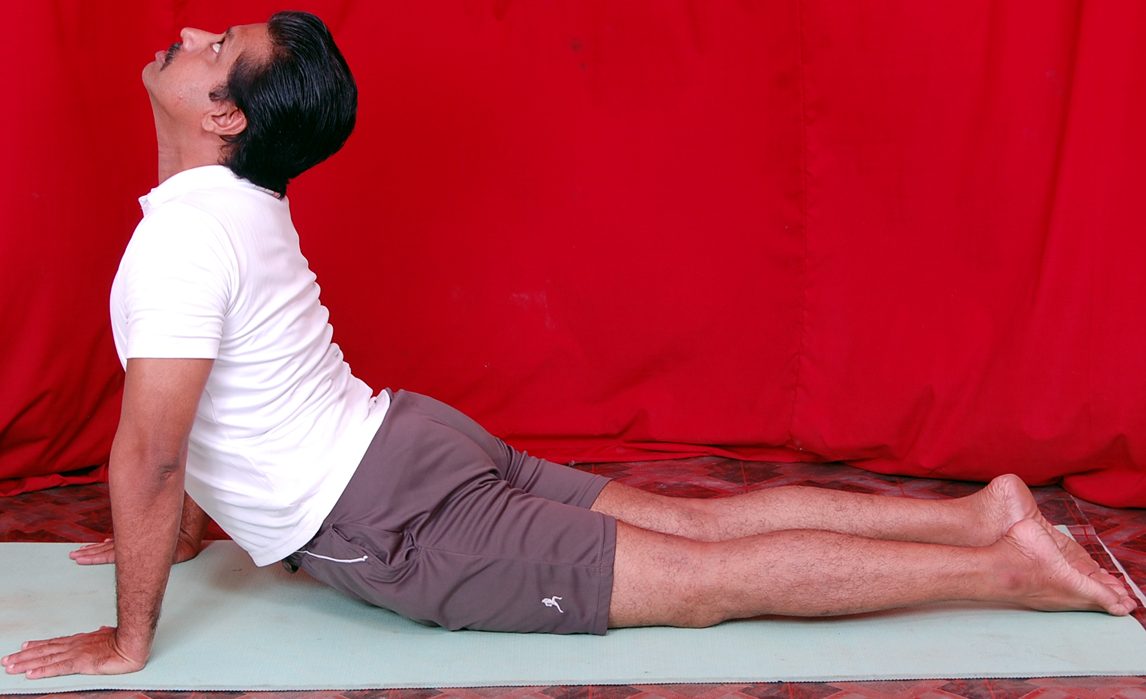
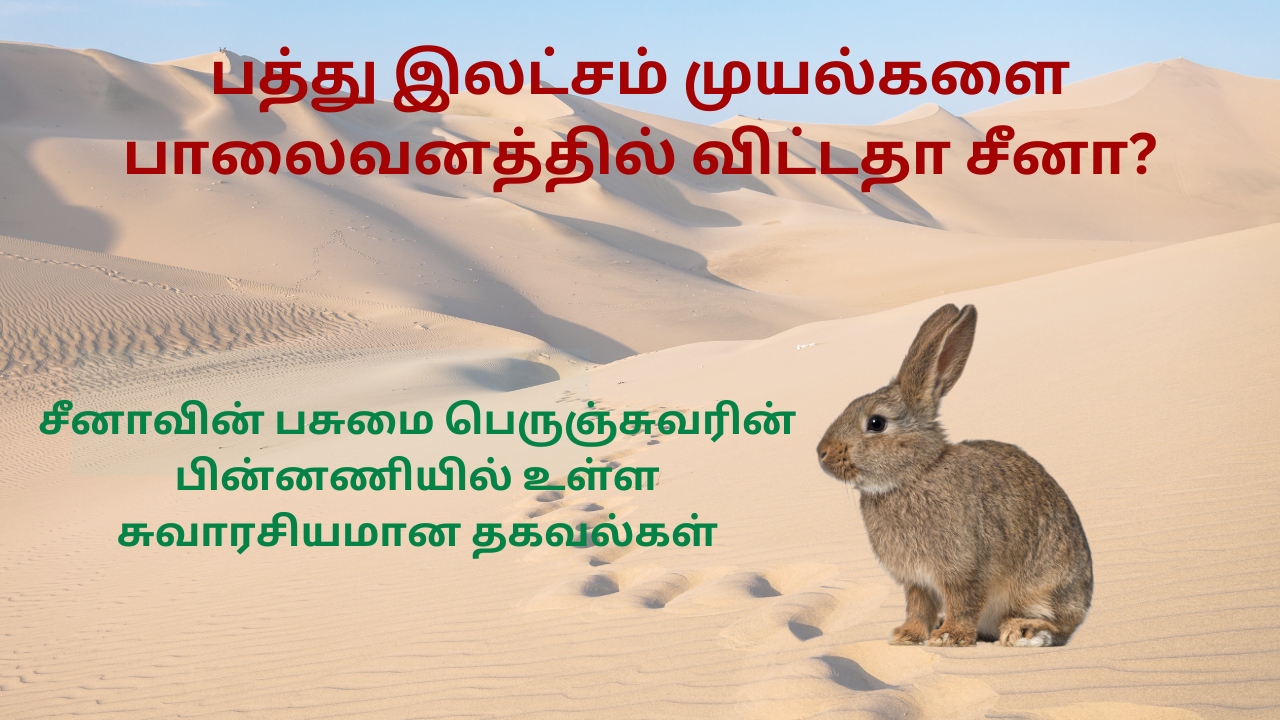
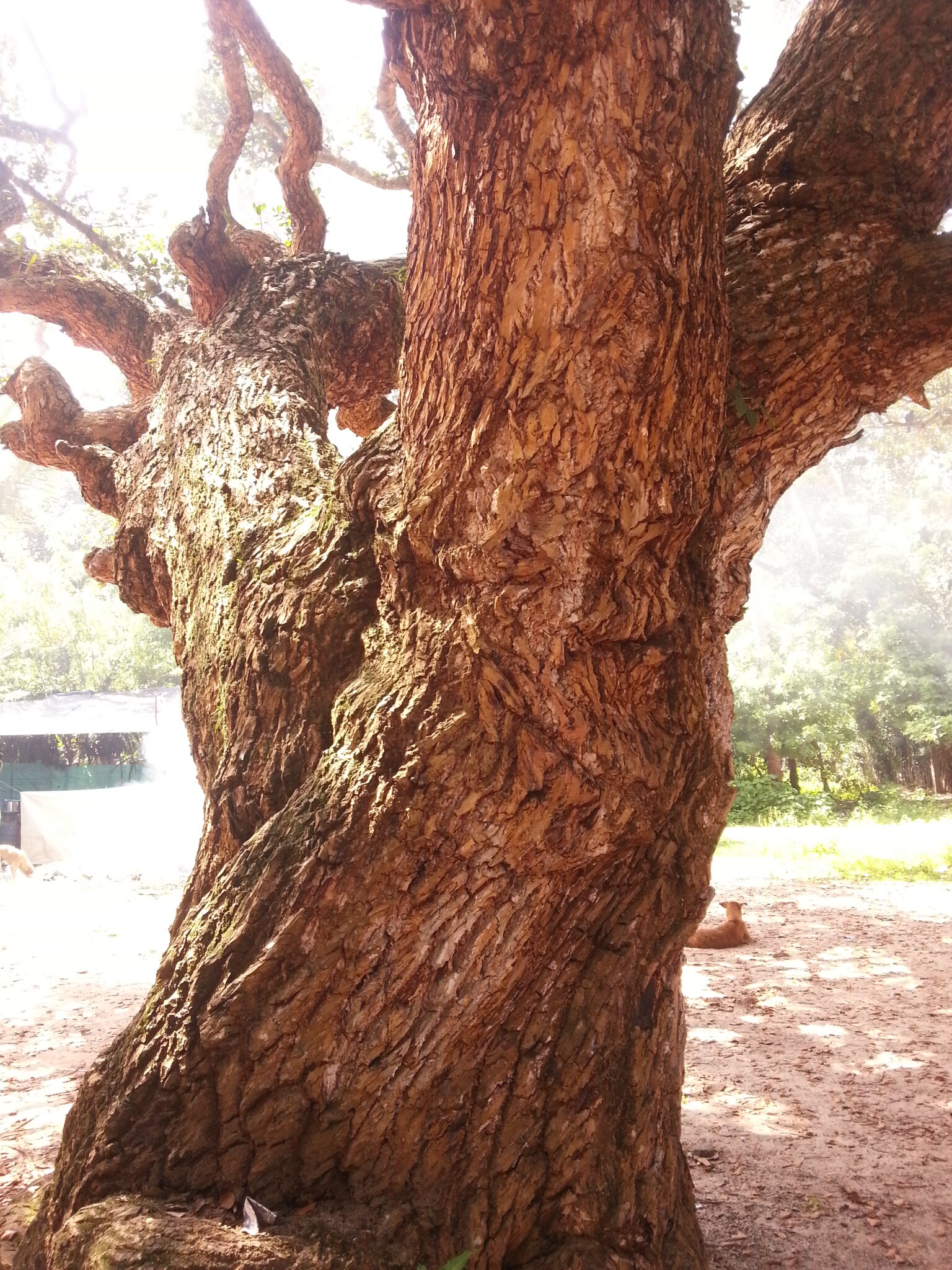
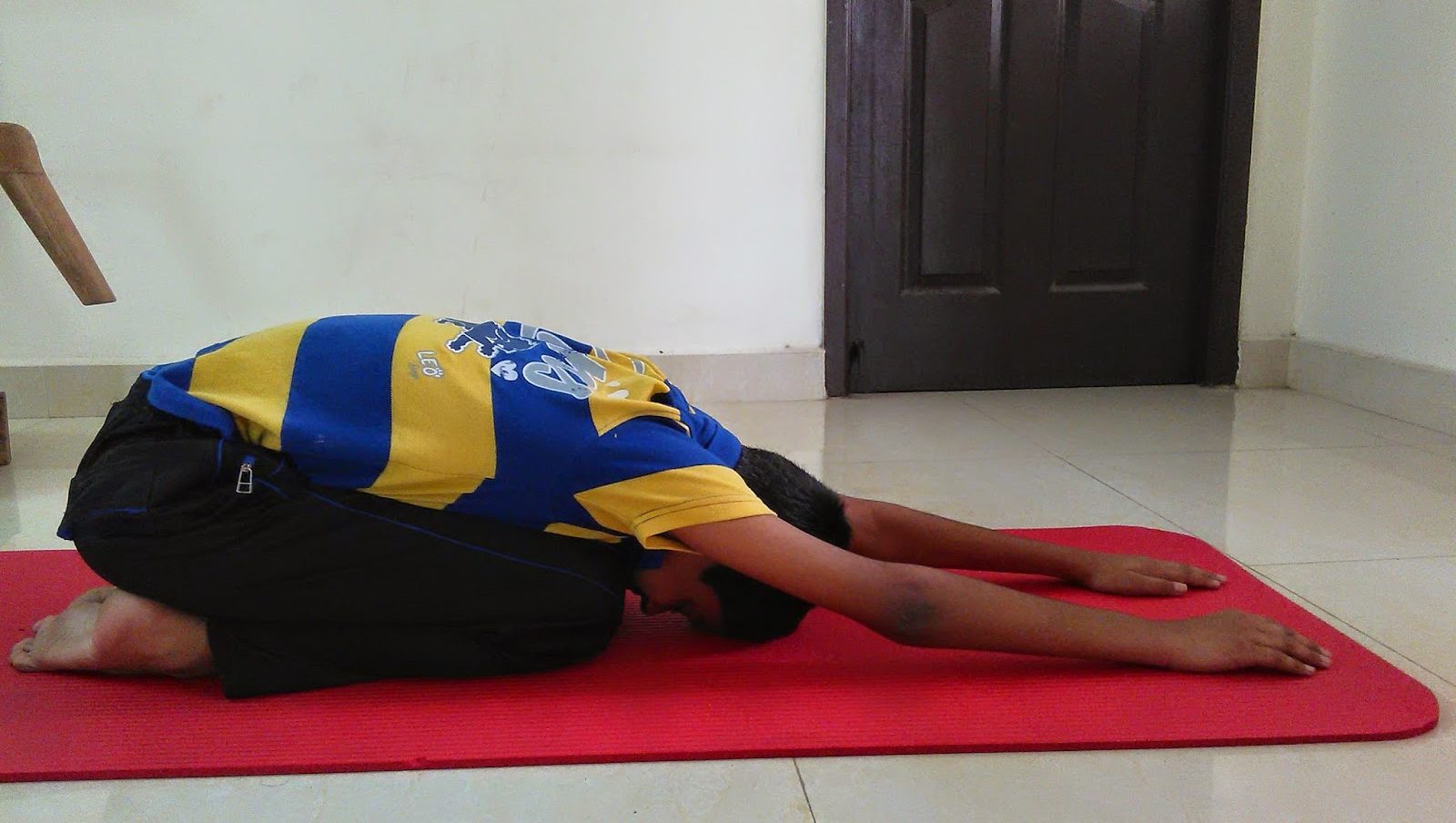
2 responses
புத்துணர்ச்சி ஏற்பட்டது! நன்றி!
உங்கள் பதிலும் எங்களுக்கு புத்துணர்ச்சியை ஏற்படுத்தியுள்ளது, நன்றி!